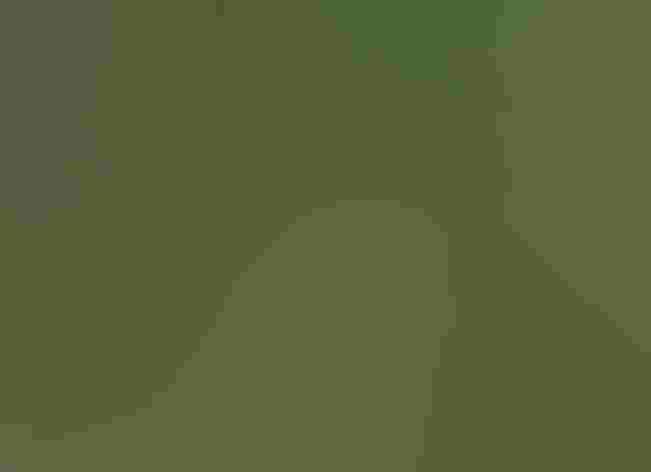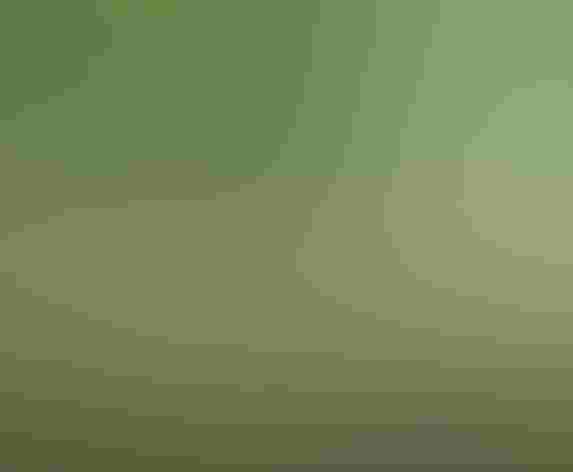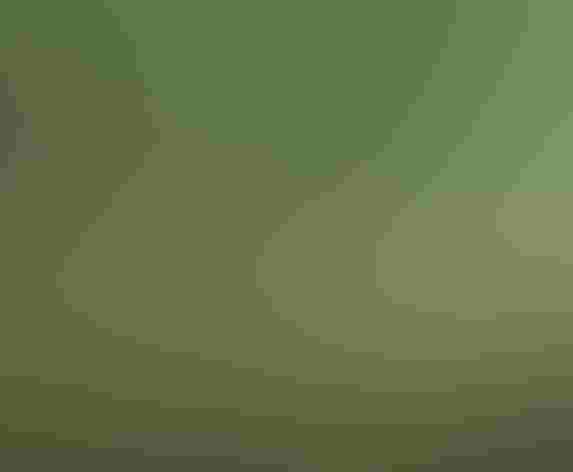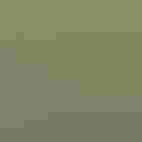Groove-billed Ani
At a Glance
These ungainly cuckoos are sociable at all seasons, feeding in flocks on the ground in south Texas pastures. When resting, several may sit hunched side by side on the same branch. Sometimes members of a flock will perch in the sun with their wings spread out as if to dry.
All bird guide text and rangemaps adapted from Lives of North American Birds by Kenn Kaufman© 1996, used by permission of Houghton Mifflin Harcourt Publishing Company. All rights reserved.
Category
Cuckoos, Roadrunners, Anis, Perching Birds
IUCN Status
Least Concern
Habitat
Fields, Meadows, and Grasslands, Shrublands, Savannas, and Thickets
Region
California, Florida, Great Lakes, Plains, Southeast, Southwest, Texas
Behavior
Flap/Glide
Population
2.000.000
Range & Identification
Migration & Range Maps
Found year-round in southern Texas, but much more common there in summer. In winter, small numbers move north and east along Gulf Coast. Sometimes strays well north of breeding range, especially in fall.
Description
12" (30 cm). Large, ungainly, with long tail often held at odd angles. Puffinlike bill, narrow but with high ridge. Grooves on bill are hard to see. Plumage all black with bronzy reflections.
Size
About the size of a Crow, About the size of a Robin
Color
Black
Wing Shape
Fingered, Rounded
Tail Shape
Long, Rounded, Wedge-shaped
Songs and Calls
Soft, liquid, gurgling notes and, if alarmed, rather loud harsh calls. Also a rollicking wee-cup.
Call Pattern
Falling, Flat
Call Type
Scream, Whistle
Habitat
Thick brush, overgrown pastures. In the United States, found mostly where dense thickets are next to open grassland, pastures, or marshes, or at edges of low riverside woods. In the tropics, inhabits any kind of semi-open country in the lowlands, avoiding unbroken forest.
Sign up for Audubon's newsletter to learn more about birds like the Groove-billed Ani
Behavior
Eggs
3-4 (perhaps sometimes more) laid by each female in group. Eggs pale blue. Females may attempt to throw out each other's eggs. Incubation is apparently by all adults in group (dominant male usually incubates at night), 13-14 days.
Young
Fed by all adults in group. Young climb out of nest after about 6-7 days, can fly poorly at about 10 days, can fly well at about 17 days. Sometimes 2 broods per year.
Feeding Behavior
Forages mostly by hopping and running on the ground; will also forage in bushes, especially to eat berries. Often associates closely with cattle in open pastures, catching the insects flushed by the larger animals. In a similar way, at the edges of tropical forest, will follow swarms of army ants to eat the insects or other creatures flushed by the ants.
Diet
Mostly large insects. Feeds on insects including grasshoppers, beetles, and others. May take external parasites from cattle. Also eats spiders, lizards, other small creatures. Will feed on small fruits and berries.
Nesting
In courtship, male feeds female. Often uses communal nest: one to 4 pairs will work together to build nest, then the female of each pair will lay eggs in the nest, and all adults will help incubate the eggs. In addition to the breeding pairs, group may include extra adult "helpers." Nest site is in low tree, usually 5-15' above ground, sometimes lower or higher. Nest (built by both sexes) is bulky and bowl-shaped, made of twigs, lined with green leaves.
Conservation
Conservation Status
Numbers in United States probably stable. Has probably increased in tropics as clearing of forests has created more habitat for them there.
Climate Threats Facing the Groove-billed Ani
Choose a temperature scenario below to see which threats will affect this species as warming increases. The same climate change-driven threats that put birds at risk will affect other wildlife and people, too.






